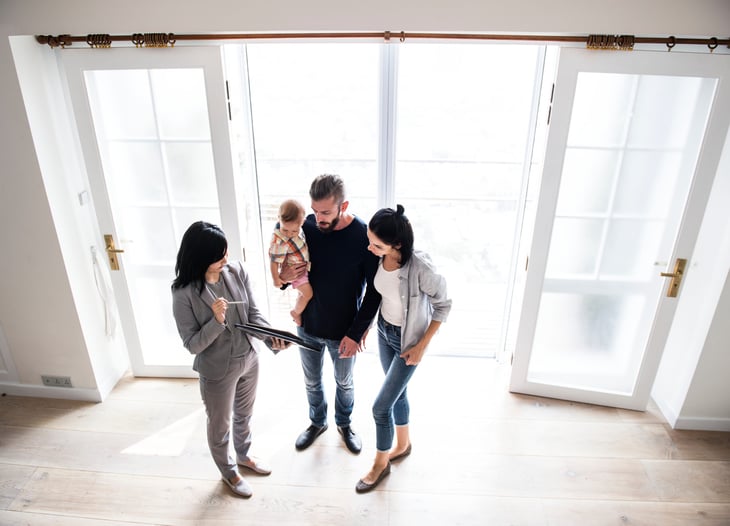
When touring an open house, it’s easy to become distracted by things that don’t matter much. What’s with the orange-and-red shag carpeting in the master bedroom? Why the porcelain owl collection?
But there are other, more important things to look for when walking through a house. Some are obvious, but others are not.
Here are some bright red flags — and more subtle things — to check when touring an open house.
Signs of water damage
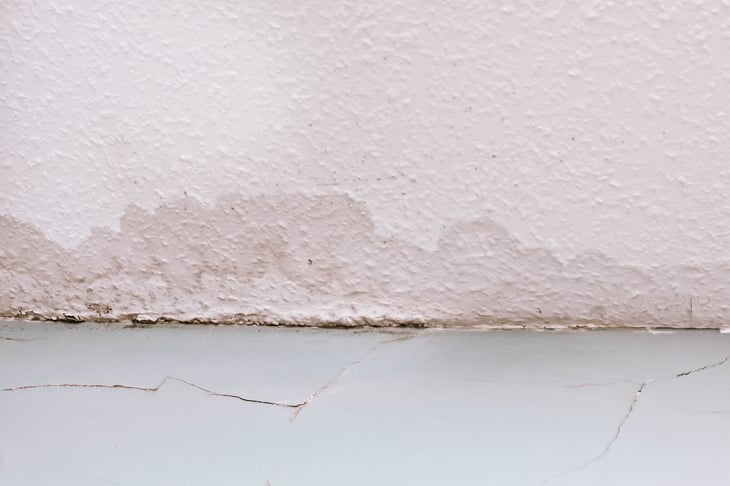
Signs of water damage may not be as obvious as pictured here. Look for brown water lines across ceilings and on walls.
If the home has a basement, pay attention to the carpet, walls and flooring. Don’t be afraid to reach down and touch the carpet in the lowest areas of the basement to see if it’s wet, especially if there’s just been a big rainstorm. Musty smells can also indicate water has found its way into the home’s lower level.
Are you in the market for financing? Stop by our Solutions Center and search for a great mortgage rate.
Foundation cracks
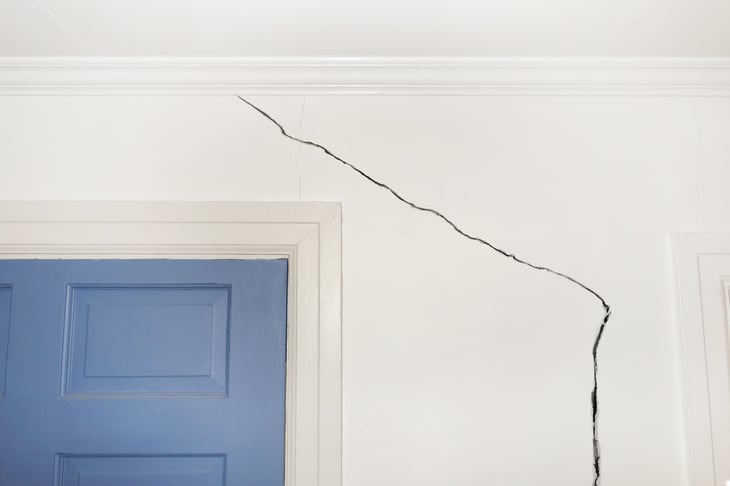
Buyer beware again: Foundation cracks may not be as obvious as the one in this photo. Real-estate site Trulia suggests checking for misaligned doors and windows, sticking doors, and sloping stairs or floors as signs that the house might not be solidly anchored.
Nearby bodies of water

If you have children — or will someday — research whether there are bodies of water near your proposed new home. This can be a wonderful benefit: Ice-skating on the neighborhood pond! Wandering down to the local beach!
But kids can wander out of eyesight quickly, and a body of water that looks enticing and fun can be deadly. So, take not just the benefits but also the risks into consideration when considering a new home.
Too many stairs
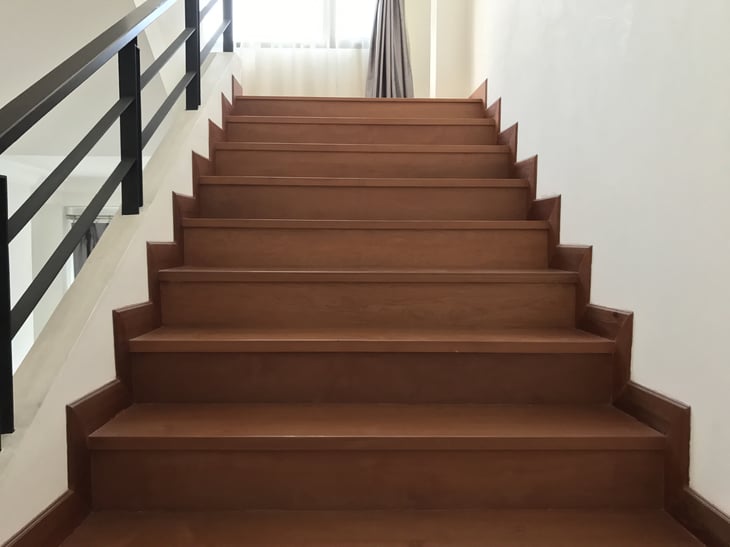
Staircases are beautiful, and when you’re young and healthy, they’re easy to run up and down. But think twice about too many staircases. Grandma may not be able to climb them easily — and neither will you as you age. Also, reconsider a house that doesn’t have at least one main-floor bedroom.
Window issues
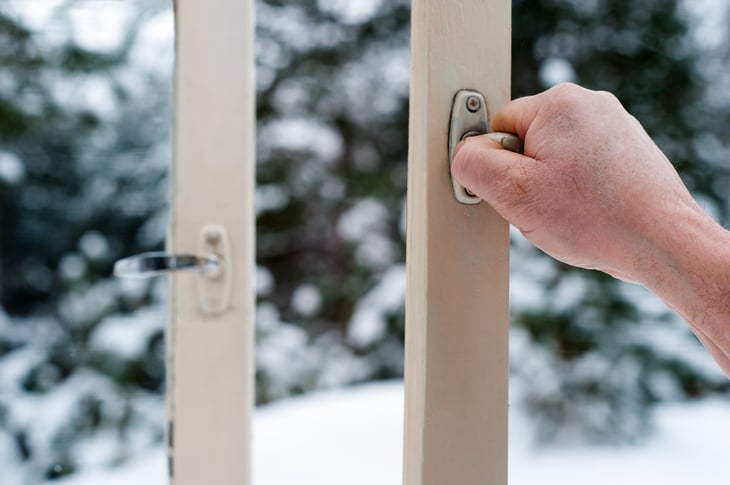
Older windows may not close tightly, which can make for high utility bills. Test a few windows to see if they open easily and securely, and close in a similar way.
The neighbors
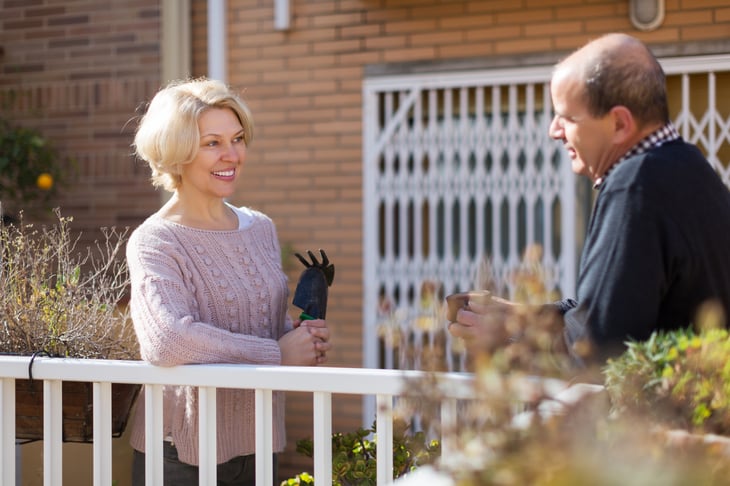
You can do many things to improve your home, but you can’t improve the neighbors. So, cast an eye over at the neighboring homes.
Our real estate agent once warned us away from a particular block because a home a few houses down was known for having the police show up on a regular basis.
The neighborhood
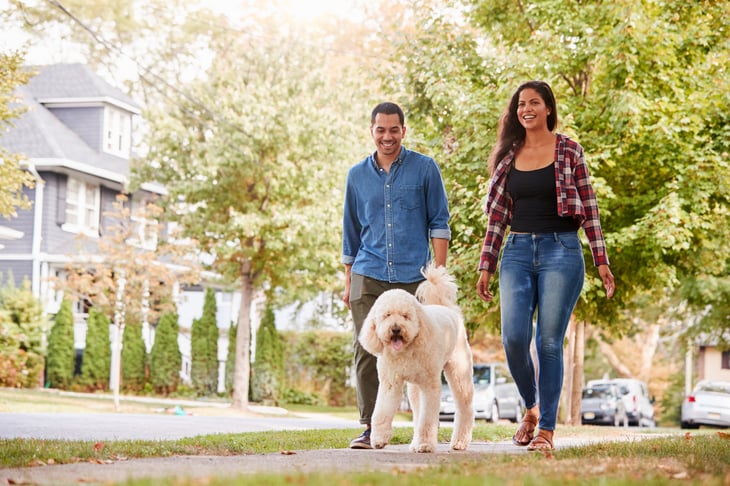
We all know the real-estate agents’ mantra: Location, location, location. There are many details to consider when picking a neighborhood.
If you or anyone in your home will take public transportation, check how far it is to the nearest stop. If the home doesn’t have a garage, is street parking plentiful? How are the local schools?
For more on this subject, check out “20 Tips for Buying a Home in the Best Location, Location, Location.”
Funny smells

Home sellers are trying to put their best foot forward. If their house stinks, that means they likely tried, but couldn’t extinguish a bad smell. It could be mold, mildew or pet accidents.
A tip: Also sniff for overly false good smells, like a bunch of scented candles burning, or the old freshly baked cookie trick. It’s possible the sellers are leaning hard on good scents to mask the bad ones.
Closet space
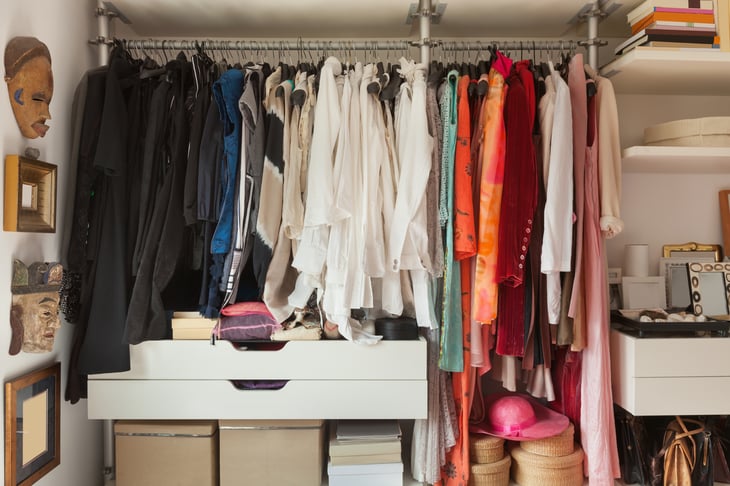
We all need room for our stuff. Try to picture how full your closets are at home and envision whether those items will fit into the new home’s closet space.
Also check out “12 Smart Tricks to Organize Every Room of Your Home.”
The age of the roof
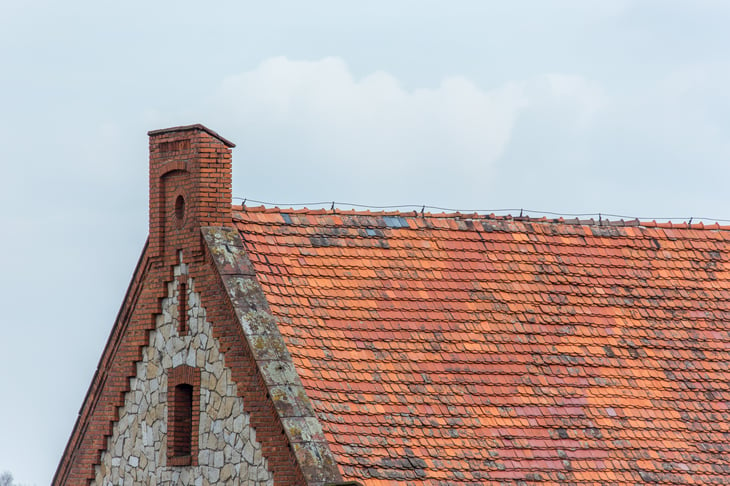
When my husband and I replaced our 20-year-old roof, it cost a giant chunk of change. According to Trulia, replacing a roof can cost $5,000 to $10,000 or more.
Check the roof’s age and condition on any home you might want to buy. An older roof may not scare you away from your dream home, but figure that replacement cost into future budgeting.
Chimney issues
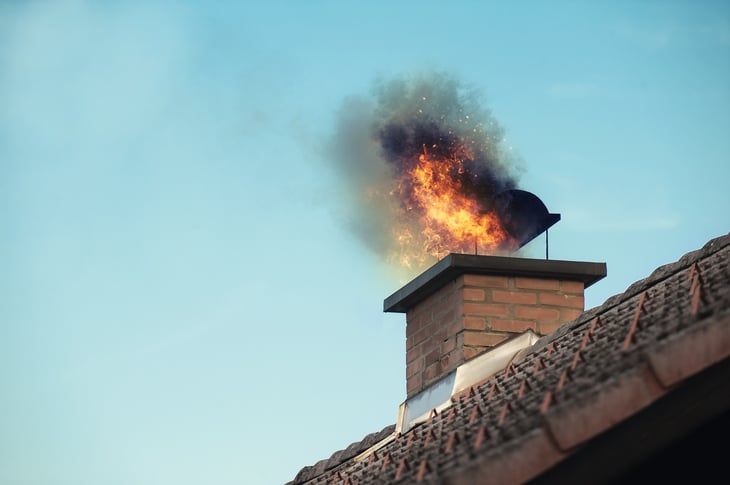
A fireplace was one of the non-negotiables in our first home. We lived in a wintry climate and wanted a cozy hearth where we could enjoy the crackling flames on a December night.
But we soon learned that the chimney was damaged and had never been relined. When we went to buy our second house, I insisted on a chimney inspector taking a look inside the fireplace and chimney before we signed on the dotted line.
If you need to hire for a major repair or construction job, check out “11 Tips for Hiring a Home Improvement Contractor You Can Trust.”
Water pressure
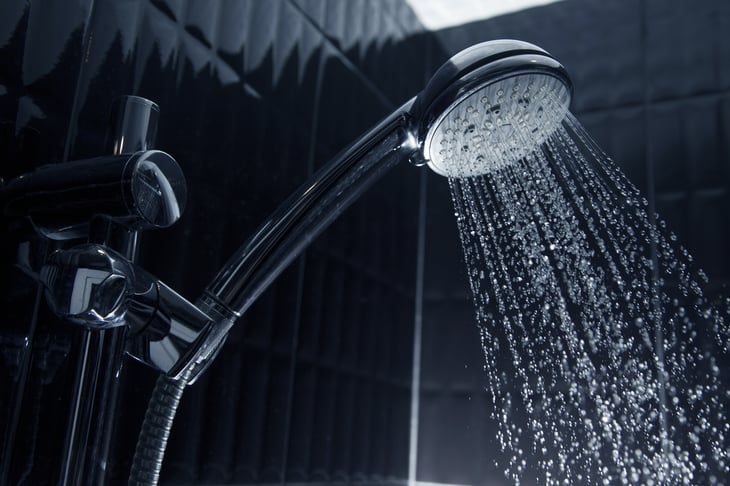
Lackadaisical water pressure can be a sign of a problem you can’t see — possible corrosion or other problems deep inside the home’s pipes. Test the faucets by running them at full blast to see how the water runs. It’ll be a good preview of what showers might be like.
Storage space
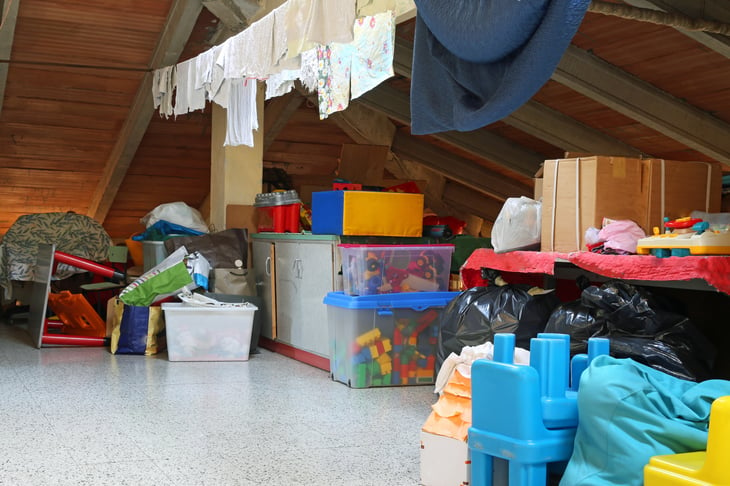
Where are you going to store holiday ornaments, camping gear and out-of-season sports equipment? Think seriously not just about regular closet space for clothes, but about space to store all your extras.
Most of us have at least a few boxes of items that we can’t yet bring ourselves to toss. They need their own space too.
Natural light
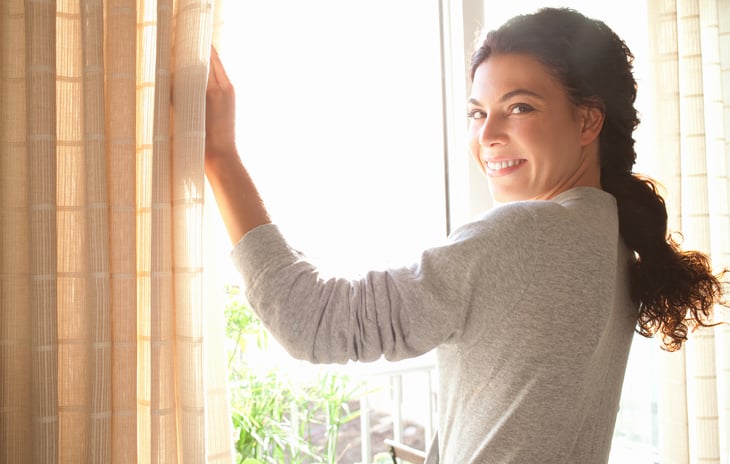
You may be touring a home in bright daylight, but try to get an idea of what it’ll look like on a gloomier day. Are there enough windows and doors to let in natural light, even in lower levels and rooms with small windows? You won’t want to spend time in a gloomy home.
On the other hand, if you are looking at homes in a desert climate, think about what shade or other sun protection you will have in the home.
Leakage around the toilet
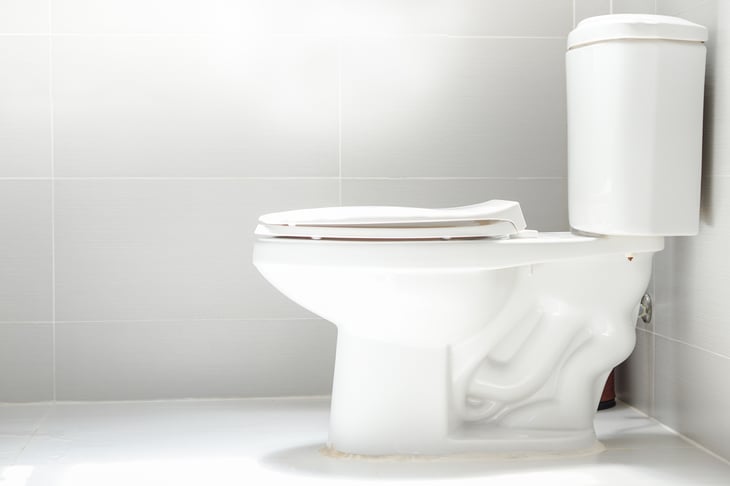
When you’re in the house’s bathroom, examine the floor around the base of the toilet. You’re unlikely to find visible water, but you might see stains indicating there’s been a leak.
The floor around the toilet shouldn’t be soft. Also, the toilet bowl should be tightly secured, so that even if you try to gently shake it, it doesn’t move.





Add a Comment
Our Policy: We welcome relevant and respectful comments in order to foster healthy and informative discussions. All other comments may be removed. Comments with links are automatically held for moderation.